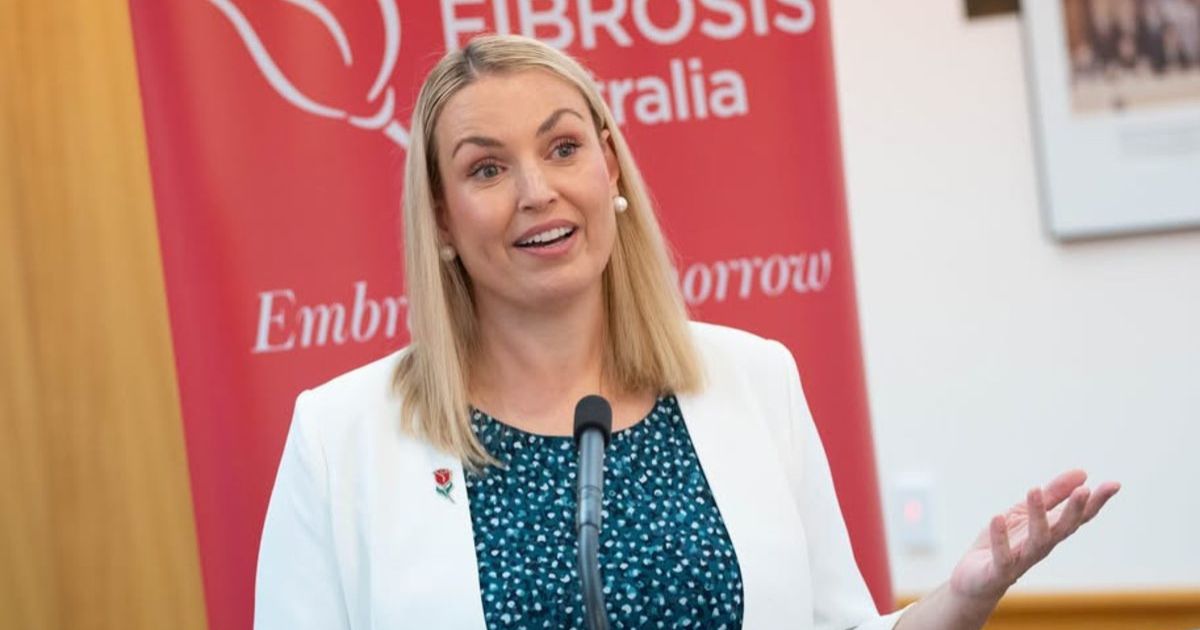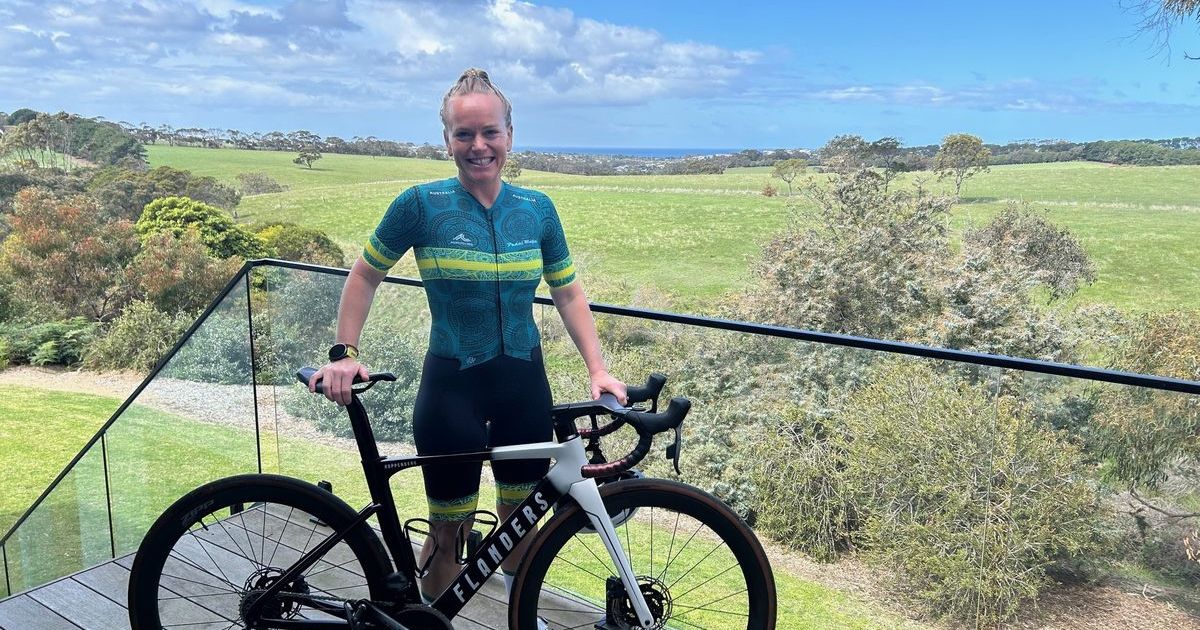Cystic fibrosis treatment advances

Cystic Fibrosis Australia CEO Jo Armstrong said more could be done for people living with the disease. Photo: CYSTIC FIBROSIS AUSTRALIA/FACEBOOK
AS the cystic fibrosis (CF) community enters its awareness month, it is also celebrating a major treatment milestone.
About 4,000 Australians suffer from the disease, which affects the whole body, particularly the lungs, sinus, digestion and reproductive systems, making body fluids think and sticky, often leading to infections.
There is presently no cure, but there are a range of treatments and therapies available to people living with cystic fibrosis.
Cystic Fibrosis Australia chief executive officer Dr Jo Armstrong said that as the month began, she hoped the general public became more educated about the disease.
“Increasing awareness is really, really important, as well as recognition for the people with cystic fibrosis is really important and daily struggles that they have,” she said.
“It’s about ensuring we can be at the forefront of driving change, this is an opportunity for us to to really talk about what’s happening for people with cystic fibrosis, but actually look to the future and how we can work together as a community and nationally to improve those outcomes for people.”
Treatments for the disease have recently taken another step forward with two medications, Trikafta and Kalydeco, receiving extensions.
“Recently we’ve had the outcome from the BPAC (Pharmaceutical Benefits Advisory Committee) last Thursday, that Trikafta has been extended for more gene mutations, this is very, very good news for the community.
“More people will be eligible to go on Trikafta, we’ve been campaigning for that for a really long time, that impacts 200 more people which is huge for a CF population of less than 4,000.”
When a baby is born with Cystic Fibrosis, the child is usually diagnosed within the first few weeks of life.
The Kalydeco treatment has now expanded to include infants from one month to four months old.
“This means that almost immediately the child will be able to have access to Kalydeco, which means it’s preventative, it will protect their lungs and damage to their organs sooner,” Dr Armstrong said.
“It’s all about early intervention and that means there’s better trajectory into their life, so more people have access to medication and sooner, is really critical.”
Dr Armstrong said while the treatment outcomes are great, there’s more to be done, with some people still not responding to the types of therapies.
“Cystic Fibrosis medication isn’t necessarily available for everybody, and it’s not necessarily effective for everybody.
“Just because you’ve got Cystic Fibrosis, doesn’t mean you’ve got an effective treatment because depending on the gene mutation, it may work for you, or it may not.
“It’s very challenging to know how effective it will be, and it looks quite different from person to person.”
For more information, head to cysticfibrosis.org.au

















